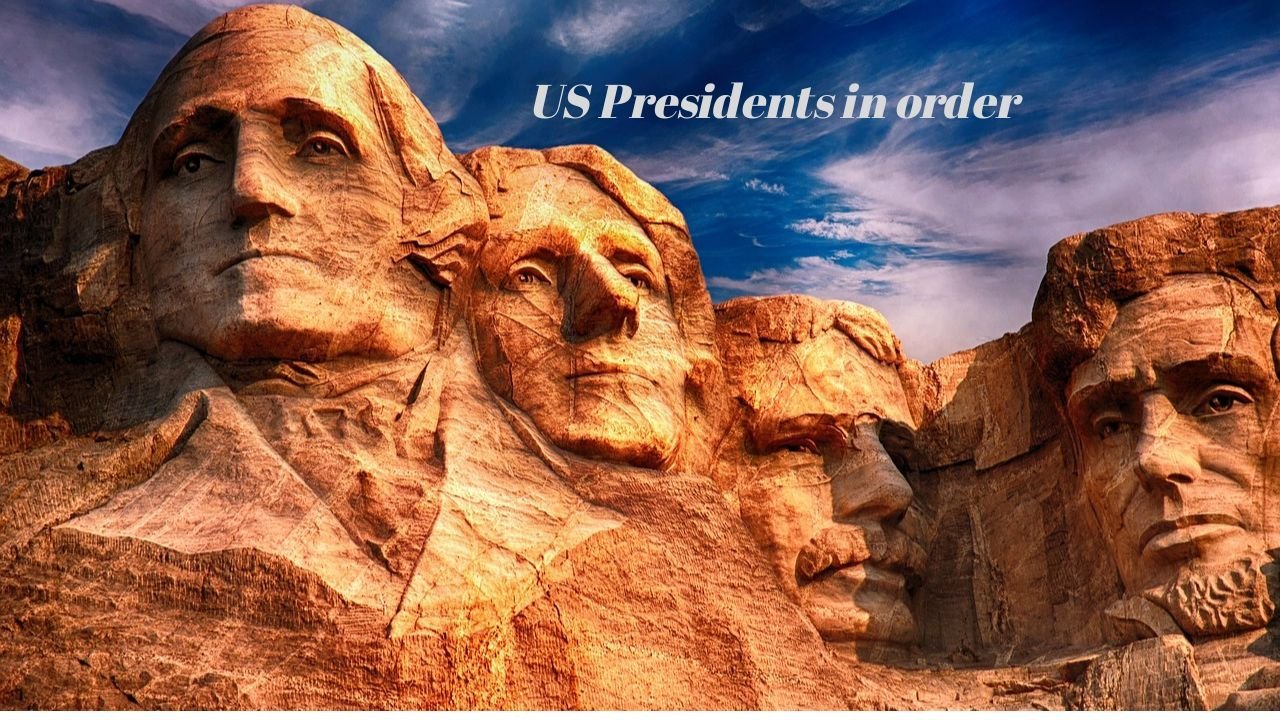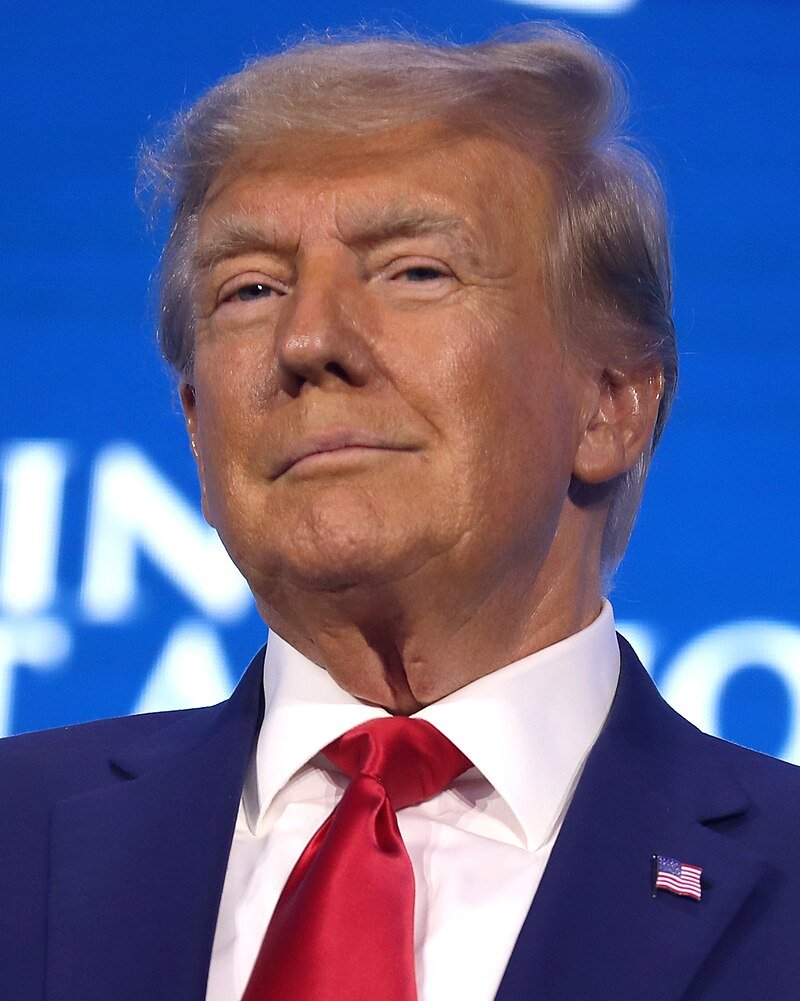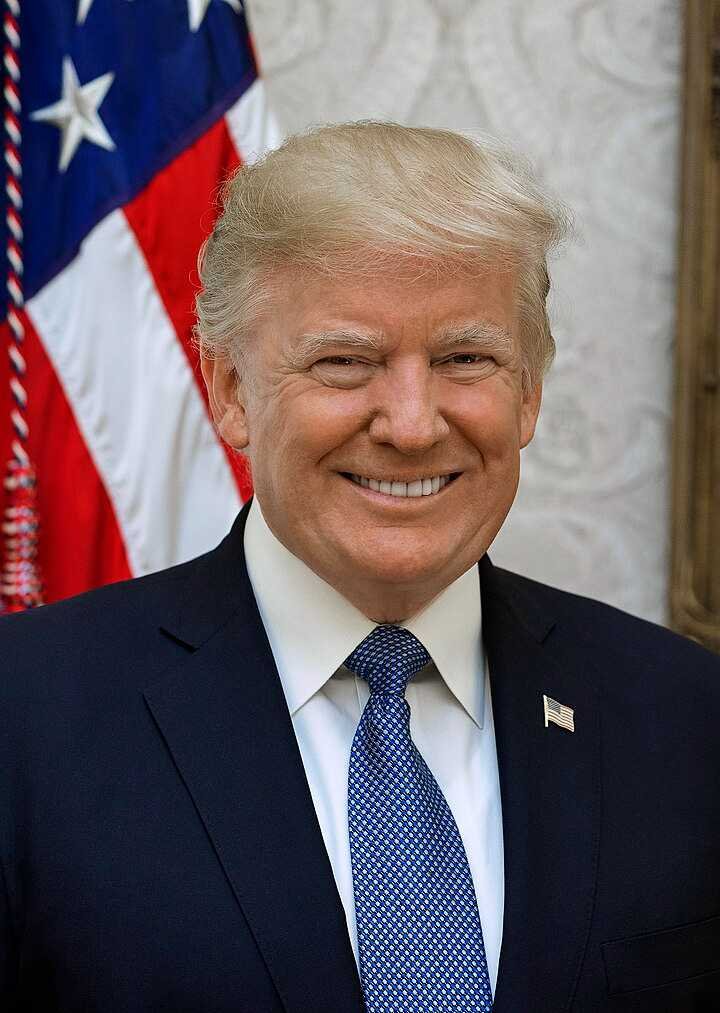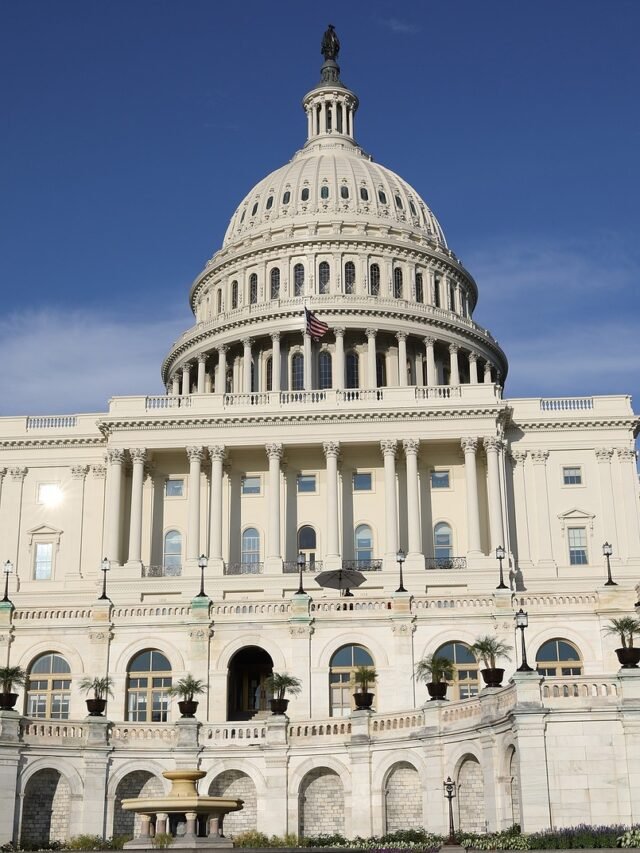5 Eye-catching facts:When is the next US Presidential election?
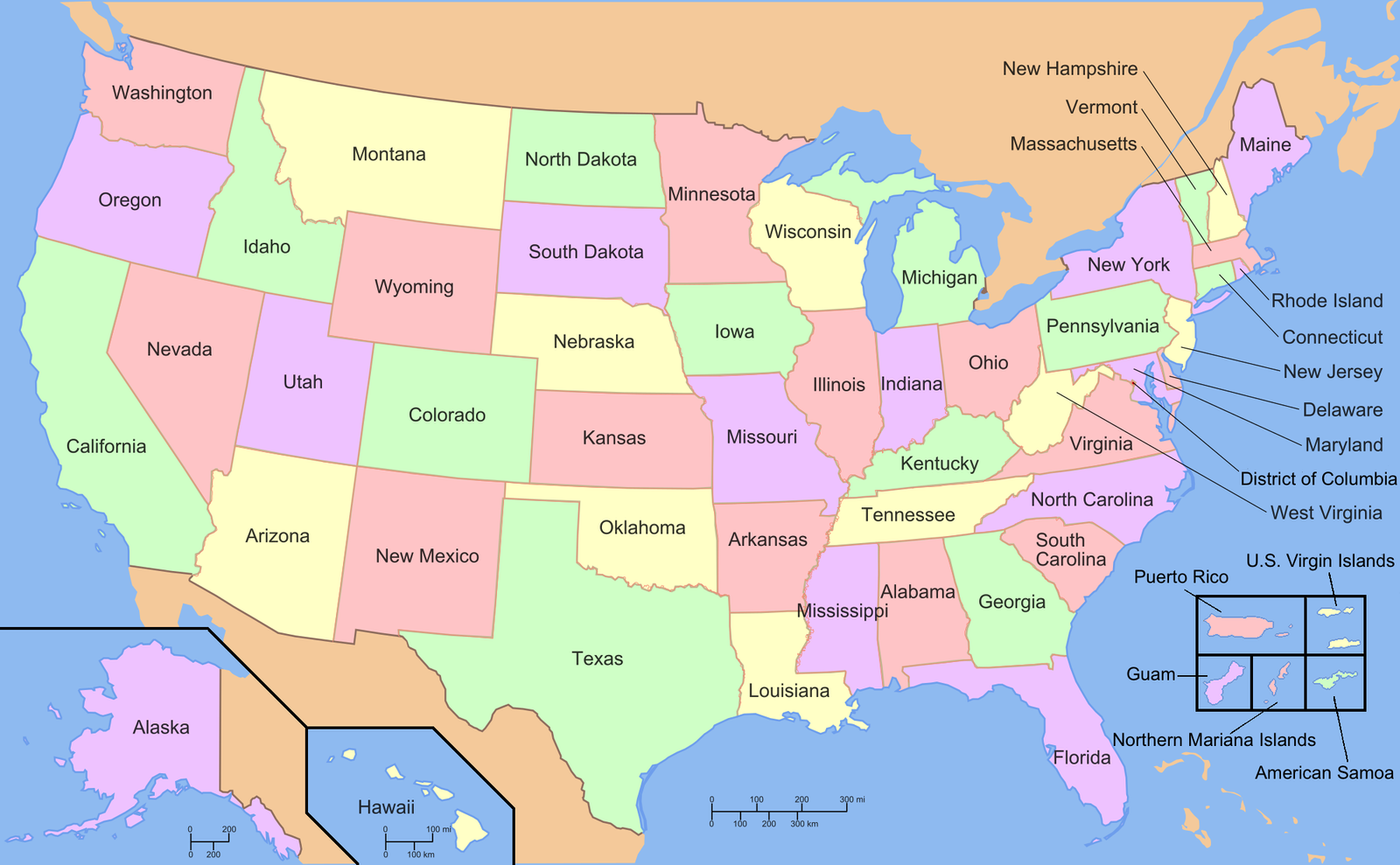
When is the next US Presidential election? This question is being asked for past many days by many people. Tuesday, November 5, 2024 is the scheduled date of the 60th quadrennial presidential election in the United States. For a four-year tenure, voters will choose a president and vice president. Democratic Party member and current president Joe Biden is seeking reelection. Republican candidate and his predecessor, Donald Trump, is vying for reelection to a second, nonconsecutive term. Should Trump prevail, he will follow Grover Cleveland as the only other president to accomplish this accomplishment.

US Election 2024
In the event that both Biden and Trump receive nominations from their respective parties, it would be the first rematch in presidential history. Many opponents in the primary elections have also announced their candidatures for the major party nominations.
- The 60th quadrennial presidential election in the United States will take place on Tuesday, 2024. The inaugural ceremony for the victor of this election is set for January 20, 2025. It will take place concurrently with the United States Senate and House of Representatives elections; numerous states will also be holding elections for state legislatures and governors.
In the run-up to the November general election, the official nominations for the major party’s presidential and vice presidential candidates are made by the Republican and Democratic National Conventions in mid-to late 2024. The two major parties’ nominees, together with any independent or third-party candidates who make the ballot, begin their last sprint of campaigning with this.
2. The US Constitution’s 22nd Amendment, which was passed in 1951, states that the victor of the 2024 election may hold office for a maximum of two terms of four years, or until January 20, 2029. The US House of Representatives would select the President and the US Senate would select the Vice President in the event that there is no clear winner of the Electoral College. The 2024 election promises to serve as referendum on the incumbent administration.
The outcome is expected to have significant policy implications on issues like the economy, healthcare, immigration and climate change based on partisan ideologies of the victorious candidate and party.
The entire nation casts ballots in the 2024 US presidential election to choose a single representative to serve as the nation’s president.
Several important details on the procedure of “When is the next US Presidential election”?
There is only one seat available because the president and vice president are running on the same ticket. Thus, ballots have a single Presidential vote.
Term length: four years. The 22nd Amendment caps the number of terms that presidents may serve.
Voters really select electors who have promised support to candidates rather than the candidates themselves under the Electoral College system. The states are allocated 538 electoral votes in total, based on population.
3. The President must receive 270 electoral votes to reach the winning threshold. The next House chooses the President and the Senate selects the Vice President if no candidate receives 270 votes.
Election Day Procedure: On election day, ballots are cast by eligible voters in each of the 50 states and Washington, D.C. Voters in the state electorate promise to support the state’s popular vote winner. For official results, the 538 electors who were selected cast their votes for President and Vice President in December.

On election day, millions of individuals cast ballots nationwide, but in reality, they are choosing state electors. Additionally, there is only one office up for grabs: the presidency. Under the established indirect election method, the victorious candidate needs a majority of 270 of the 538 electoral college votes that are available.
The results of the US presidential election of 2024 will be formally announced following a thorough constitutional procedure:
4. As votes are counted state by state across the nation on election night, major media outlets will predict a winner based on exit polls and analysed vote tallies.
But until all states have finished tallying their votes and the Electoral College convenes in December, the official election result cannot be declared.
On December 16, 2024, the first Monday following the second Wednesday in December, electors from every state will convene and formally cast their votes, taking into account the results of their state’s certified popular vote.
The official winners of this formal Electoral College voting will be whoever’s presidential ticket receives 270 electoral votes or more.
5. The newly elected US Congress will convene in joint session on January 6, 2025, to count the certified electoral votes that the states have provided and to determine the election’s outcome.
Then, on January 20, 2025, at noon, the duly elected President and Vice President take office in accordance with the terms of the 20th Amendment.
In conclusion, although if media outlets predict results on election night, it takes several weeks for the newly elected President and Vice President to be officially declared winners and take office, which happens roughly 2.5 months following the general election date.
Here are a few more crucial details regarding the outcome and ramifications of the US presidential election of 2024:
How Results Are Projected: Media sources project winners on election night by examining early vote return patterns, exit surveys, and historical voter trends to anticipate final outcomes before full counts are finished. However, tallying all ballots certified by states will take weeks. Although they are not official, these predicted results provide a good indicator of the winner.
Down Ballot Impact: The results of national elections for state legislatures, Congress, and governor will have an influence on future policies. The newly elected President will encounter partisan impasse in trying to implement their programme if the opposing party takes control of the House and/or Senate.
Policy Implications: Over the next four years, policies pertaining to the economy, health care, immigration, climate change, foreign policy, and other topics will be shaped by the party control in Congress and the ideological trajectories set by the elected president. Parties in Washington that share power may have to compromise or face impasses.
The Inauguration Day: On January 20, 2025, the newly elected leaders will be sworn into office on Inauguration Day. This exact two-week transition process starts on January 6th, the day the verified Electoral College results officially declare a President and Vice President.
Therefore, while official certified results determine the formal parameters of power transfer setting the nation’s primary agenda for the succeeding Presidential term lasting 2025–2029, media forecasts offer an initial pulse of the people’s will.
Many more aspects are given on Wikipedia link https://en.wikipedia.org/wiki/2024_United_States_presidential_election
The Role of Senate:
The Senate does not directly play a role in the election of the U.S. President, due to the Electoral College system used for selecting the President.
However, the Senate has two key indirect roles related to the US Presidential election process:
- Electoral College Ties: If there is no majority winner of electoral college votes by the candidates, a “contingent election” takes place where the Senate elects the Vice President. This has happened only once in 1836.
- Transition of Power: The 20th Amendment requires that both the winning President and Vice President must be sworn in before they officially gain power and undertake the duties of office. This swearing-in officially occurs in a ceremony overseen by the Senate Chief on Inauguration Day of January 20th following the election.
- Confirmation Role: Following the election, any cabinet or judicial nominations made by the President-elect must be confirmed by a majority vote in the Senate before they can take office. This confirmation role includes Supreme Court nominations.
So while not playing a direct electoral role, the Senate does have some influence – whether ceremonial or policy related – around the formal transfer of executive power brought about by the outcome of a U.S. presidential election every 4 years under provisions in the Constitution.
For more election updates ,US Presidential elections and aspects you can visit usaelectionupdates.com and also can visit https://usaelectionupdates.com/web-stories/political-history-of-american-presidents-2/

William Tailor is a talented blogger well versed in political content, and he’s known for his analysis and appealing comments on the historical and current political scenarios. With a detailed approach and liking for uncovering intricate political landscapes while addressing the contemporary issues. He aims to offer a thought-provoking perspective to the readers and unravel the truth. His consistent and convincing storytelling mixed with factual data makes him a popular choice for readers who want to stay in loop with the dynamic political situations.











